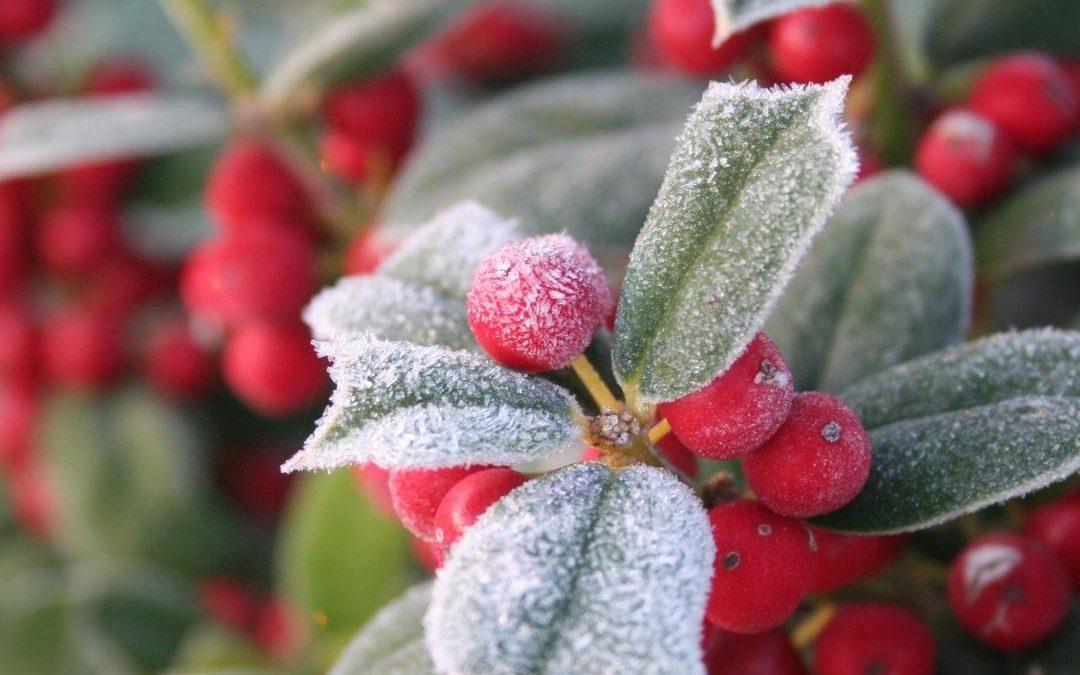Maximizing Late Winter: Essential Mulch Bed and Gardening Tips
As winter inches towards its end, gardeners eagerly anticipate the arrival of spring. Late winter offers a unique window of opportunity to prepare your garden for the upcoming growing season. Among the crucial tasks is tending to your mulch beds. Mulch serves as a protective layer, shielding the soil and plants from extreme temperatures, retaining moisture, and fostering a healthy ecosystem. Here’s a comprehensive guide to late winter mulch bed and gardening tips to ensure a flourishing garden when spring arrives.
Evaluating Your Garden
Before diving into the specifics of mulching, take stock of your garden’s current condition. Consider these aspects:
Assessing Soil Health
- Soil Moisture: Check the soil moisture levels. Late winter could still bring dry spells, so ensure adequate hydration for your plants.
- Soil Composition: Assess the soil structure. Is it compacted or loose? Aerate the soil if needed to improve its texture.
Plant Health
- Inspect for Pests and Diseases: Examine plants for signs of pest infestation or diseases. Early detection can prevent widespread damage.
- Pruning Requirements: Identify plants in need of pruning. Late winter is an optimal time for this task, promoting healthier growth in the spring.
Mulching Techniques for Late Winter
Mulching in late winter offers a protective shield to the soil and roots, fostering a conducive environment for plants. Consider these techniques:
Remove Old Mulch
- Clear Debris: Begin by removing any debris, fallen leaves, or dead plant matter from the mulch beds.
- Eliminate Compacted Mulch: Rake and fluff up the existing mulch to prevent compaction, allowing better airflow and water penetration.
Apply Fresh Mulch
- Optimal Thickness: Aim for a layer of new mulch about 2-4 inches thick. This depth provides ample insulation without suffocating the plants.
- Appropriate Material: Choose mulch wisely based on your garden’s needs—organic options like shredded bark, wood chips, or compost can enhance soil fertility and texture.
Mulching Techniques for Specific Plants
- Trees and Shrubs: Create a mulch ring around trees and shrubs, extending a few inches from the base. This prevents moisture loss and suppresses weed growth.
- Flower Beds: Apply mulch evenly across flower beds while avoiding direct contact with plant stems to prevent rotting.
Benefits of Late Winter Mulching
- Temperature Regulation: Mulch acts as an insulating blanket, protecting roots from temperature fluctuations.
- Moisture Retention: Reduce water loss by retaining moisture in the soil, crucial during late winter’s dry spells.
- Weed Suppression: A thick layer of mulch inhibits weed growth, minimizing competition for nutrients and water.
General Gardening Tips for Late Winter
Apart from mulching, several other tasks can prepare your garden for the upcoming growing season:
Soil Amendment
- Composting: Utilize late winter to start composting. Incorporate well-decomposed compost into the soil to enrich its nutrients.
- Soil Testing: Consider conducting a soil test to identify any deficiencies and adjust pH levels accordingly.
Pruning and Plant Care
- Pruning Strategy: Prune dormant trees and shrubs, removing dead or diseased branches to encourage healthy growth.
- Dividing Perennials: Divide overgrown perennials to rejuvenate them and promote better growth.
Garden Maintenance
- Tool Maintenance: Sharpen and clean gardening tools, ensuring they’re in top condition for spring tasks.
- Plan and Design: Use this time to plan and design your garden layout for the upcoming season, considering crop rotation and companion planting.
Preparing for Spring
Late winter acts as a crucial bridge between seasons, allowing gardeners to set the stage for a vibrant and healthy garden in spring. By implementing these mulching and gardening tips, you’ll pave the way for a bountiful harvest and a thriving garden landscape.
Conclusion
Late winter is an opportune time for proactive garden care, especially concerning mulching. By evaluating soil conditions, applying appropriate mulching techniques, and tending to general gardening tasks, you set the groundwork for a successful growing season. Embrace these tips to make the most out of late winter, nurturing your garden into a flourishing oasis as spring blossoms.




